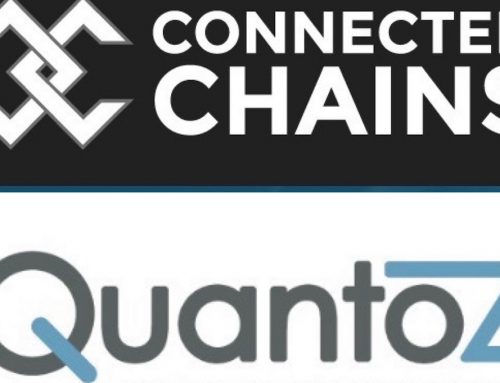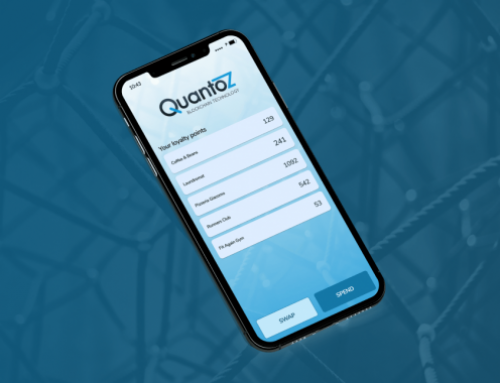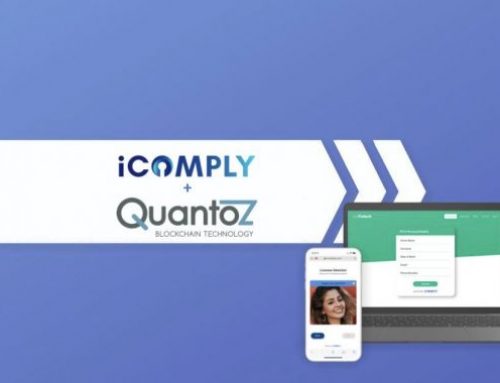The Quasar Account model
Quasar employs 4 types of blockchain wallets representing four different usage types, depicted with the following colors:
WHITE – Asset issuer account (board of the payment network consortium)
GREEN – Consortium member accounts (with financial license)
BLUE – Identified customer accounts, i.e. consumers and enterprises (issued by green account)
RED – Independent issued accounts (by people or even by devices, optionally related with a parent blue wallet)
The wallets are based on private/public key encryption technology, where the public key represents the account and can be shared with other account holders to receive payments (or as the ‘from’ account when you send payments). The private key is to be kept secret by the account owner(s) and is used to prove ownership of your account (to sign transactions for payments from your account or to prove identity).
The different types of wallets have different rights on the creation of new wallets and closure of existing ones. The digital payments are between blue and red wallets (digital micro payments). Of these only the blue wallets can transact with the green wallets. Between green and blue wallets money is transferred from the customer’s bank account to his digital wallet and vice versa (“batch” payments that can aggregate many digital payments). The holder of the green wallet guarantees the reserve of issued money to the holder(s) of the blue wallet(s) and has a debt relation with the white issuing account that initially creates the assets.
The owner of the green wallet can decide to manage the customer’s blue wallets like debit accounts (where the blue account holders can pre-fund the account from the green account using the a bank payment) or like credit accounts (where the green account pre-funds the blue accounts up to a certain limit and the credit balance is settled once a month). Positive balances on blue accounts can be paid back by the green wallet to the bank account of the blue account holder. Red wallets don’t have credit.
QuBIC, the Quasar Business Intelligence Center
QuBIC allows users (focusing on enterprises) to create their own type of wallets and assign additional rules for creation of child accounts and receiving and sending of payments.
Wallet type creation. Rules are applied by the Quasar nodes
- For receiving and making payments
- Signing payments
- Create child accounts
Event based transactions. Tx are executed by the wallets
- Manually
- Time interval
- Incoming transaction
- Deposit and withdraw
A “virtual private payment network” can be defined with these rule sets for wallets and payments. Advantages of a VPPN:
Full control over all participants at all time. Adding new members (accounts) with certain roles is easy; blocking wallets is possible all the time.
P2P instant payment at no costs. Blockchain enables instant irreversible payments.
Identity is inherent into the system. The wallet owner is identified via the public key.
Smart contract can be added.
Cost or profit centers can be defined with user wallets.
QuBIC Role Interaction View: After Wallet Types have been created, accounts can be assigned and payment rules defined.
QuBIC implementation for a car sharing service
Quantoz Crowd Charging Concept. The concept is developed to offer more charging points for e-driven cars. If we look at the picture from the perspective of the Car sharing company, every car could be defined as a profit center. All cars have their own Car-Wallet. The Car-Wallet is a special type of wallet and is defined in QuBIC. Following rules can be assigned to the Car-Wallet:
Car-Wallets can only accept payments from a specific type of digital wallet. These wallets are issued by the car company, e.g. during the customer boarding process.
Car-Wallets are only allowed to make payments for charging energy from specific charging points. These sockets must have another specific wallet.
The accounts can be used to send or receive payments, but in case of a rental device (like a car) the private/public key of the account can also be used to prove identity. The transaction from the account of the customer that is used on the internet to pay for a car will also provide the recipient (the car rental company) with the public key of the account owner. The same public key can be used from the account owner’s wallet to prove his identity when arriving at the car.
When a device (like a car) has an internet connection it can check the balance of its account itself (with the public key) and instantly notice incoming payments to its wallet. The device could also execute payments, if it holds the private key of the account in the local wallet. The private keys can also be centrally managed from a company wallet.
Adding new services and third parties to the X-Now eco system
The model can easily be extended in QuBIC. Not only crowd charging but also crowd parking services, where private households offer their parking space, can be added to the system.
Furthermore members of third party (i.e. airlines) loyalty programs that are based on the Quasar infrastructure can be added to the Car Sharing Program with adding only two rules to the network:
Car Wallet: accept payments from loyalty program wallets
Loyalty Program Wallet: Allow payments to Car Wallets
Crowd Charging Sockets
Any wall socket with a simple electronic add-on can become a pre-paid charging point.
The costs of such ‘smart wall socket’ could be less than 25 Euro and no memberships or payment processor fees are required by using the Quasar network.
This could allow for private people to create millions of semi-public charging locations which are needed to for the millions of new electric cars that are expected the coming years.
When using mobile devices with internet connection (like mobile phones), a wallet app can be used to initiate instant payment transactions by scanning the sockets QR-code
In the latter case, we make use of the Quantoz’ secure payment protocol where the device itself does not necessarily to be connected to the internet, but it can check the balance and receive payments using the communication channel of the mobile phone of the payer (with a Blue Tooth or NFC connection).
This way anything can become pay-per-use with a simple and cheap electronic add-on. Such micro payments option on any device could become a very important driver to enable the full potential of the Circular Economy!




